When we think of sports injuries, it’s easy to imagine twisted ankles, torn ligaments, or dislocated shoulders. But sometimes, the real trouble starts with the smallest bones—those in your fingers, toes, wrists, or ribs. These injuries may seem minor at first glance, but they can have a surprisingly large impact on an athlete’s performance and overall well-being.
Tiny bones play a critical role in everything from running and jumping to gripping equipment and making sudden moves. A fracture or sprain in one of these small bones can quickly turn into a big challenge for any athlete. Let’s dive into how small bones can cause big setbacks in sports, and why these injuries often demand more attention than they get.
Fingers are often underestimated when it comes to sports injuries. They’re essential in nearly every sport—whether you’re gripping a basketball, holding a tennis racket, or even lifting weights. A fractured finger might seem like a minor setback compared to major injuries like torn ACLs, but it can greatly affect an athlete’s ability to perform.
A fractured finger typically results from an impact or awkward fall. For example, in sports like basketball or volleyball, fingers are at risk of being jammed or hit directly by a ball. While it may sound like something athletes can power through, the reality is that fingers are necessary for grip strength. Without the use of your fingers, performing basic movements becomes nearly impossible.
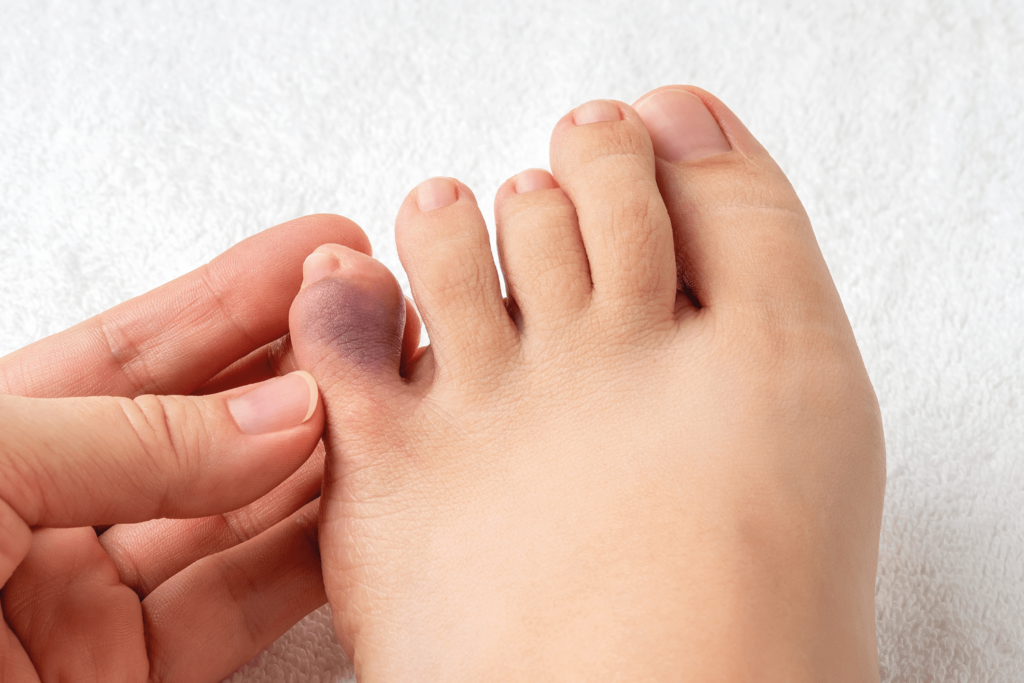

Typically, a fractured finger can take about 3 to 6 weeks to heal. But during this time, athletes are usually forced to adapt their movements or take a break from their sport entirely.
While toe fractures may not sound as serious as a torn muscle or sprained ankle, these injuries can have a huge impact, especially for athletes involved in running, jumping, or even kicking sports. A stubbed toe or a direct hit during a fall can cause a fracture that might leave athletes struggling to perform basic movements like walking or sprinting.
Toes may be small, but they are crucial for balance and pushing off during running or jumping. Even a slight injury to one of the toes can affect the entire foot’s mechanics, making it painful to bear weight, let alone compete at a high level.
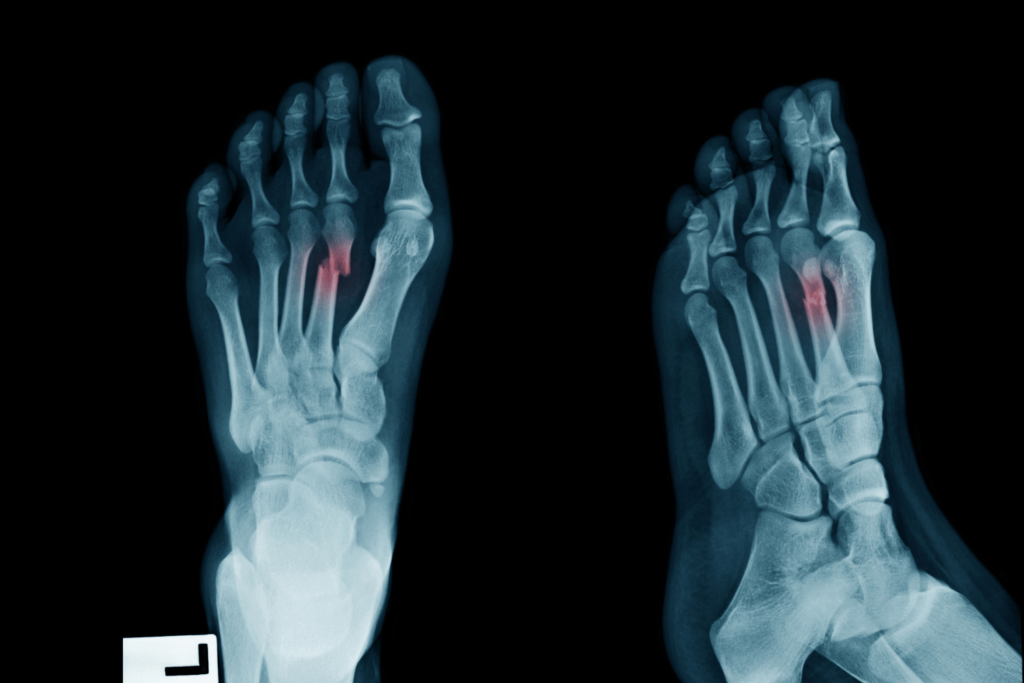

Most toe fractures can heal within 3 to 6 weeks. However, depending on the severity of the injury, recovery might take a little longer. During this time, athletes might find themselves having to adjust their training or seek alternative ways to stay active.
Rib fractures are often associated with contact sports or falls, and while the ribs might seem like sturdy bones, they can break with relatively little force. Injuries like this may occur from a tackle, a hard hit in football, or even a fall during gymnastics or skateboarding. Once fractured, the ribs make everyday movements like breathing, sneezing, and even turning difficult and painful.
While ribs do provide protection to vital organs like the heart and lungs, their small size makes them vulnerable to injury. Rib fractures can be especially painful because the pain is exacerbated every time the athlete moves, breathes, or even laughs.
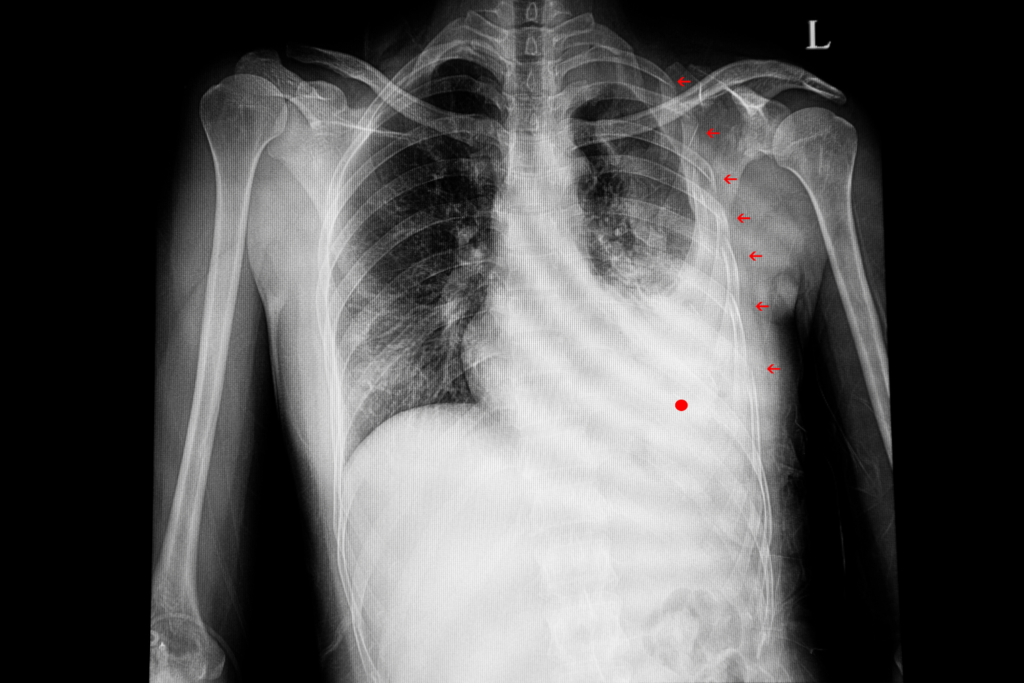

Rib fractures generally take around 6 to 8 weeks to heal, but recovery time can vary. Some athletes might feel ready to return to action sooner, but rushing back too early can lead to re-injury.
Wrist fractures are common in sports where athletes fall or land on an outstretched hand, such as gymnastics, skateboarding, and skiing. While they may seem like minor injuries, a fractured wrist can be extremely disruptive. The wrist is a key part of hand movements and stabilization, so any injury here can cause significant discomfort and affect performance.
Athletes rely on their wrists for everything from balancing to gripping equipment, and even simple tasks like catching or passing become nearly impossible with a fractured wrist.
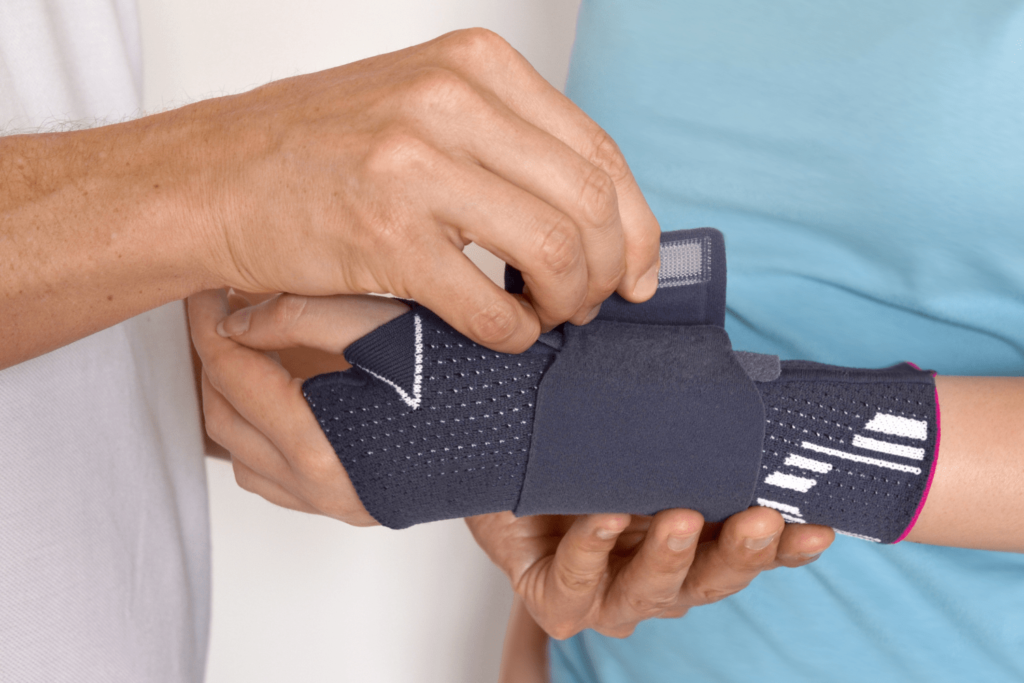
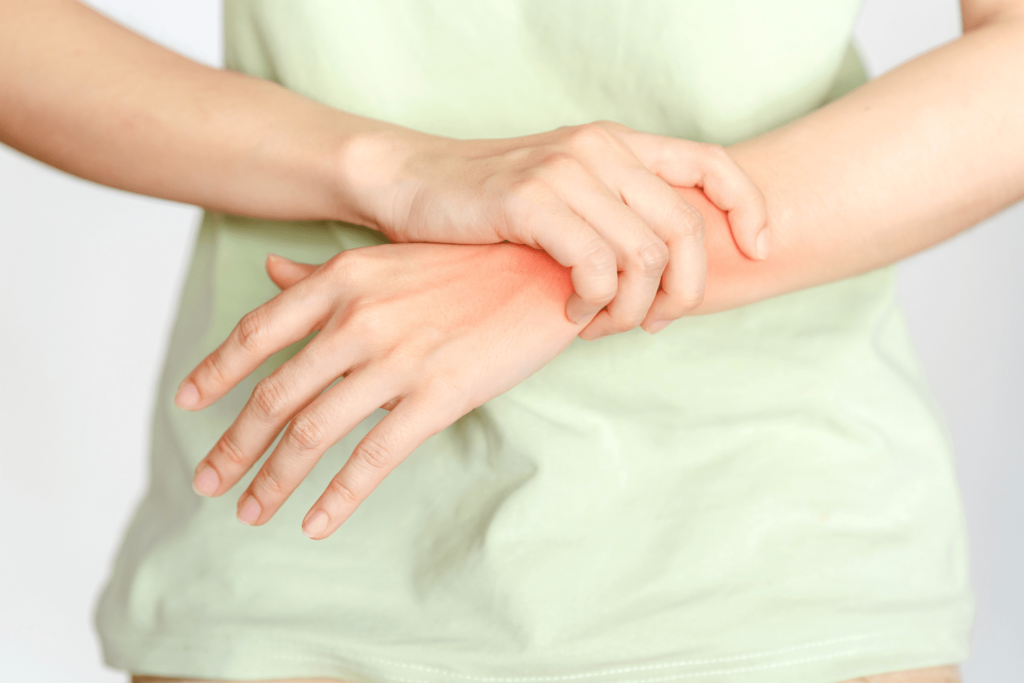
Wrist fractures can take anywhere from 6 to 8 weeks to heal, and full functional recovery might take up to 12 weeks or more.
While fractures are obvious, sprains or ligament injuries in the fingers can be equally challenging. A sprain involves stretching or tearing of ligaments, and these injuries can cause swelling, pain, and instability in the joint. Finger sprains are particularly common in sports like basketball, volleyball, or rugby, where catching and gripping are essential.
The frustration with finger sprains is that they might not always show up as dramatic injuries, but they can significantly affect an athlete’s ability to perform. An injured finger may not be immobilized, making it harder to manage the healing process.
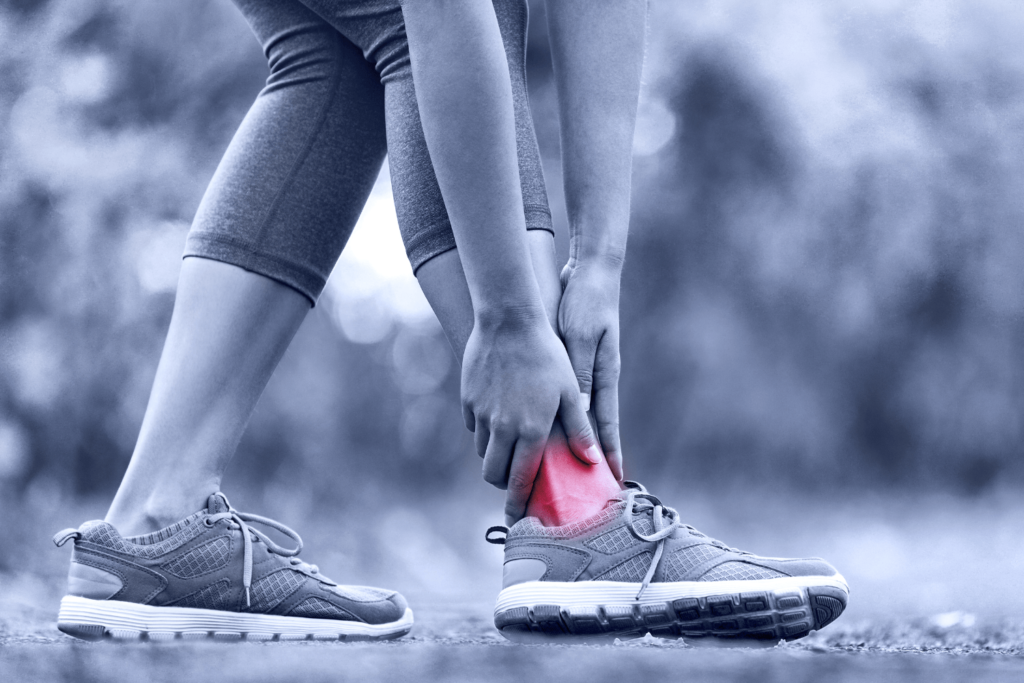
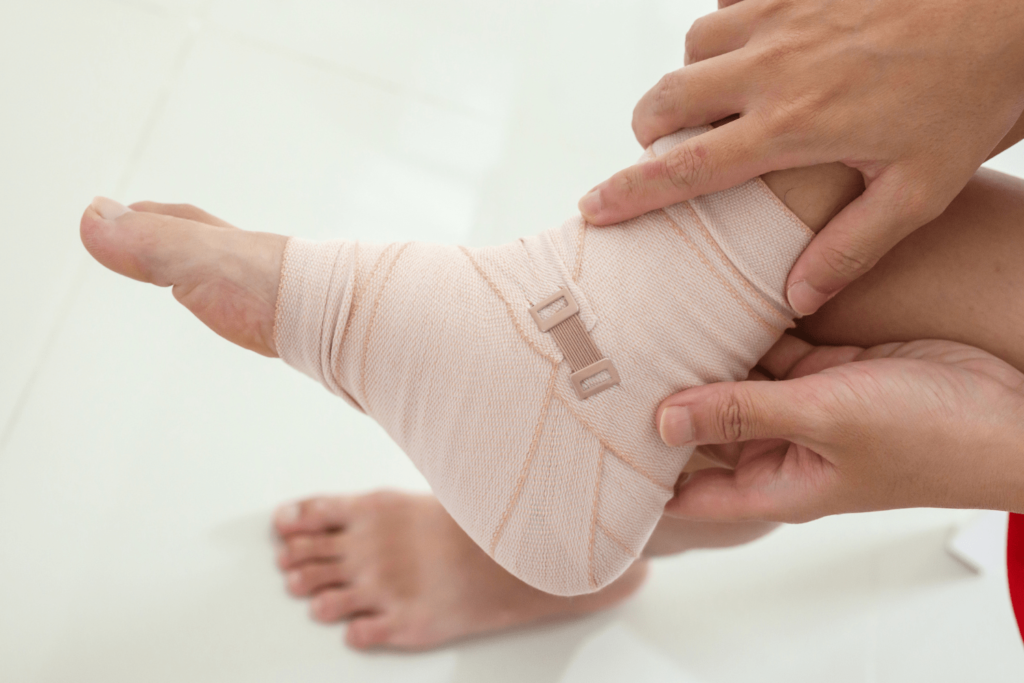
Finger sprains generally heal in 2 to 6 weeks, depending on the severity of the injury. However, the recovery period may vary, and some athletes may experience lingering discomfort.
Small bone injuries in sports—whether they involve the fingers, toes, wrists, or ribs—are often underestimated, but they can cause significant setbacks. Even though these bones are tiny, their role in maintaining balance, coordination, and movement is essential. An injury to one of these small bones might not be as dramatic as a torn ligament or a dislocated shoulder, but it can still sideline an athlete and create frustration during recovery.
Understanding the impact of these small but mighty bones is crucial for athletes. Recovery takes patience, and returning to full strength might require time, rest, and mental resilience. Even the smallest bones, when injured, can present big challenges, but with the right care and attention, athletes can come back stronger than before.
Elevate your performance with Apex Sports Clinic! Schedule an appointment today for personalized, expert care in optimizing your athletic potential.


